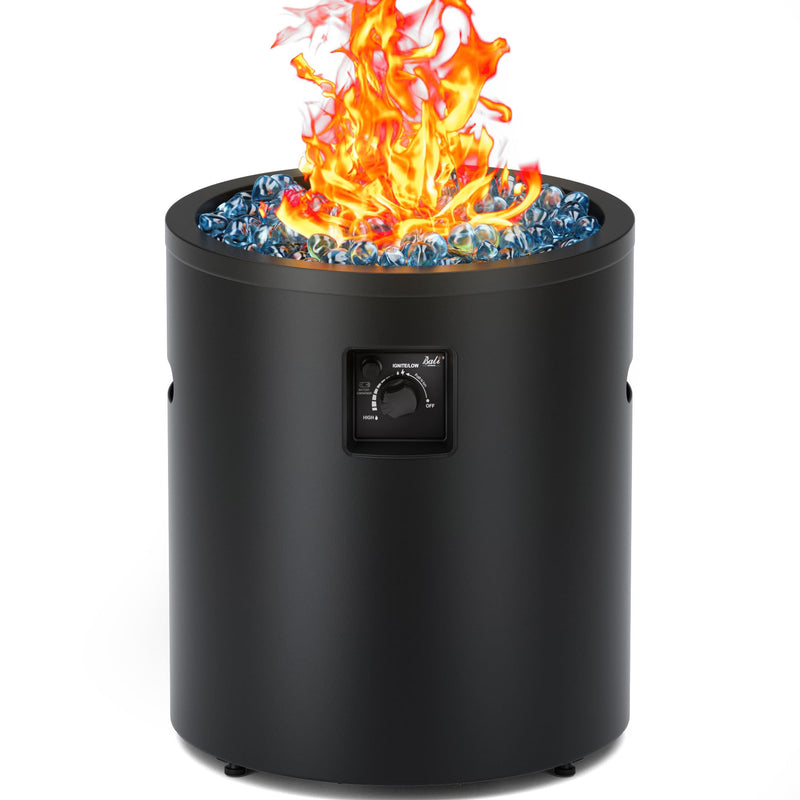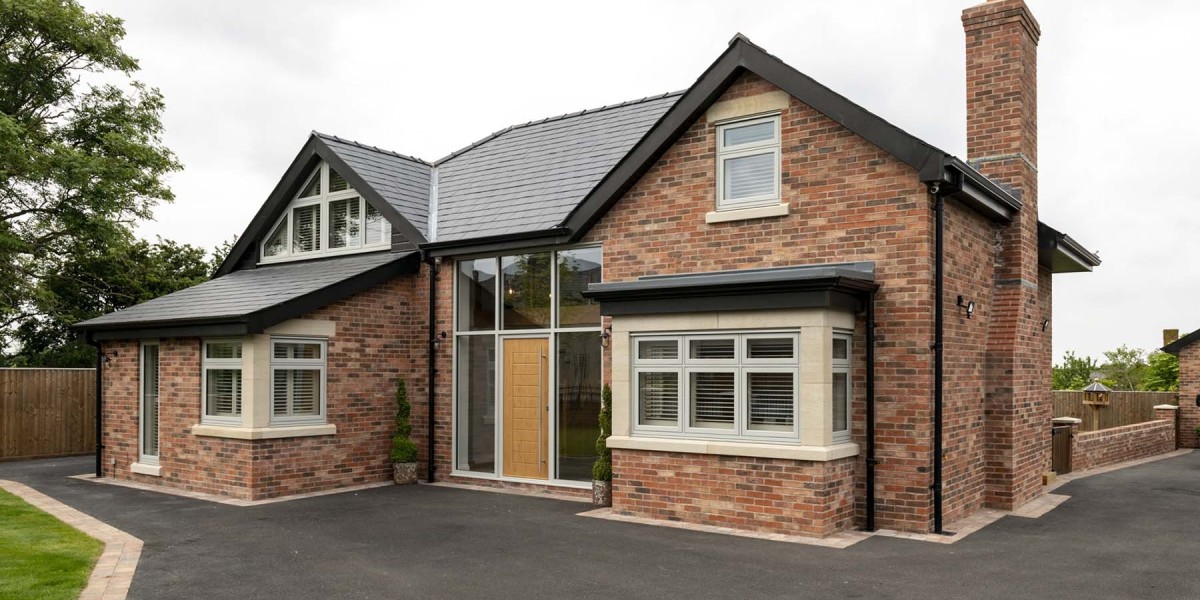Unleash Your Backyard's Potential: Discover the Ultimate Outdoor Fire Pit for Cozy Nights!
Outdoor fire pits have become a beloved staple in backyards across the country, transforming ordinary spaces into inviting retreats. As evenings grow cooler and the sun sets earlier, the allure of gathering around a fire pit with family and friends is undeniable. Not only do these fire features create a cozy atmosphere, but they also serve as a focal point for outdoor gatherings, extending the usability of your patio or deck well into the night. In this article, we will explore various options to compare when purchasing outdoor fire pits, ensuring you find the perfect fit for your backyard oasis. Whether you're looking to roast marshmallows, share stories, or simply enjoy the warmth, the right fire pit can enhance your outdoor experience.

Types of Outdoor Fire Pits
When exploring outdoor fire pits, you'll encounter three primary types: wood-burning, gas, and propane options. Wood-burning fire pits evoke the classic campfire experience, allowing you to enjoy the crackling sounds and delightful aroma of burning wood. They’re perfect for those who love the traditional feel of a fire while also providing ample heat and a great ambiance for storytelling. However, they do require more maintenance, including ash disposal and managing wood supplies. Gas fire pits, on the other hand, offer convenience and cleanliness. With just the flip of a switch, you can ignite your fire, making them ideal for spontaneous gatherings. They also tend to produce a steadier flame and require less cleanup. Propane fire pits provide similar benefits to gas, with the added advantage of portability. They are perfect for campers or those who want the flexibility to move their fire pit around the yard. Ultimately, the best choice depends on your lifestyle and how you envision using your outdoor space.
Materials Used in Fire Pit Construction
The construction material of your fire pit plays a significant role in its durability and aesthetic appeal. Common materials include steel, cast iron, stone, and ceramic, each with its own set of advantages and disadvantages. Steel fire pits are often lightweight and portable, making them easy to move and set up. However, they can rust over time if not properly maintained. Cast iron, known for its heat retention, offers exceptional durability but can be heavy and more challenging to move. Stone fire pits, while generally more permanent fixtures, provide a rustic charm and can withstand the elements, making them a popular choice for homeowners looking to enhance their backyard's aesthetic. Ceramic fire pits offer unique designs and colors, adding a personal touch to your outdoor decor, but they may not be as durable as other materials. When selecting a fire pit, consider not only how it looks but also how well it can withstand the rigors of outdoor living.
Size and Design Considerations
Choosing the right size and design for your outdoor fire pit is crucial. You'll want to ensure that it fits comfortably within your available space without overwhelming your yard. A compact fire pit might work well for smaller patios or balconies, while a larger, more elaborate design could serve as a centerpiece for expansive gardens. Consider your existing outdoor decor—do you prefer a rustic look, or are you aiming for a modern aesthetic? Additionally, safety should be a priority; fire pits must be placed at a safe distance from flammable materials, structures, and seating areas. A general rule of thumb is to maintain at least a three-foot clearance around the fire pit. When planning your layout, also think about wind direction and how it might affect smoke and heat distribution. By taking these factors into account, you can choose a fire pit that complements your outdoor space and adheres to safety standards.
Safety Tips for Using Outdoor Fire Pits
While outdoor fire pits are a fantastic addition to any backyard, safety must always come first. Begin by selecting a proper location away from overhanging branches, fences, and other flammable structures. Always supervise the fire, especially with children and pets nearby, to prevent any accidents. It’s also wise to keep a bucket of water or a fire extinguisher close at hand in case of emergencies. Additionally, pay attention to the weather; windy conditions can spread embers and flames unpredictably. Make sure to follow local regulations regarding fire pits, as some areas may have restrictions or specific guidelines to follow. By adhering to these safety tips, you can enjoy your outdoor fire pit while minimizing risks.
Transform Your Backyard with the Perfect Fire Pit
In summary, outdoor fire pits are a wonderful way to enhance your backyard experience, offering warmth, ambiance, and a gathering place for family and friends. As we’ve explored, there are various types of fire pits to choose from, each with unique materials and designs that cater to different needs and preferences. Remember to consider size and placement carefully, ensuring that your choice fits well within your outdoor space and adheres to safety guidelines. By evaluating your specific needs and preferences, you can find the perfect fire pit that not only complements your backyard but also creates lasting memories under the stars. So gather your loved ones, light up that fire pit, and enjoy cozy nights outdoors!








